 (image)
(image)
When I was a kid, my family used to rent cleaned-up versions of hit films, and I remember watching Shakespeare in Love and being really confused because in the approximately 65-minute version I saw, Gwyneth Paltrow and Shakespeare were just friends. I watched the unedited movie years later on my own, and I was like, “Oh…that makes a lot more sense…” That’s a little what heirloom tomatoes are like after eating grocery store tomatoes. You’re like, “Oh…THIS is what tomatoes taste like!? These deserve an Oscar!”
For me, heirlooms offer that sort of revelation again and again every summer. Somehow I always forget how frickin’ good they are. Of all the things I’ve grown in my garden, nothing has ever been as downright astounding as heirloom tomatoes.
So what makes an heirloom tomato an heirloom tomato? And if you’re going to plunk some heirloom seeds in a pot on your patio, what kind should you use? Prepare yourself for some exciting names like “Boxcar Willie” and “Mortgage Lifter” and click on through for all the answers.
What’s the definition of an heirloom tomato? Big, ugly, and delicious? Well, that’s not exactly the full scientific explanation. Basically, it comes down to this: heirlooms come true from seed. That means if you gather up the seeds from this year’s tomatoes to plant next year, next year you’ll get very similar tomatoes. That’s not true of more modern hybrid tomatoes. Thanks to the way those plants are bred, if you gather up their seeds and plant them, you won’t get the same kind of tomatoes. You might not even be able to sprout the seeds at all. Think about your great grandma back on the farm. She wasn’t working with some fancy seed catalog. She needed to be able to collect seeds and plant them again next year. So those are the kind of tomatoes she grew. Heirlooms.
But fast forward to now, and you’re not on the farm, and you’re probably not going to collect the seeds and plant them again next year. So why should you grow heirlooms? Please refer back to big, ugly, and delicious. Now on to varieties!
Here are five great heirlooms to try, in no preferential order.
Black Krim:
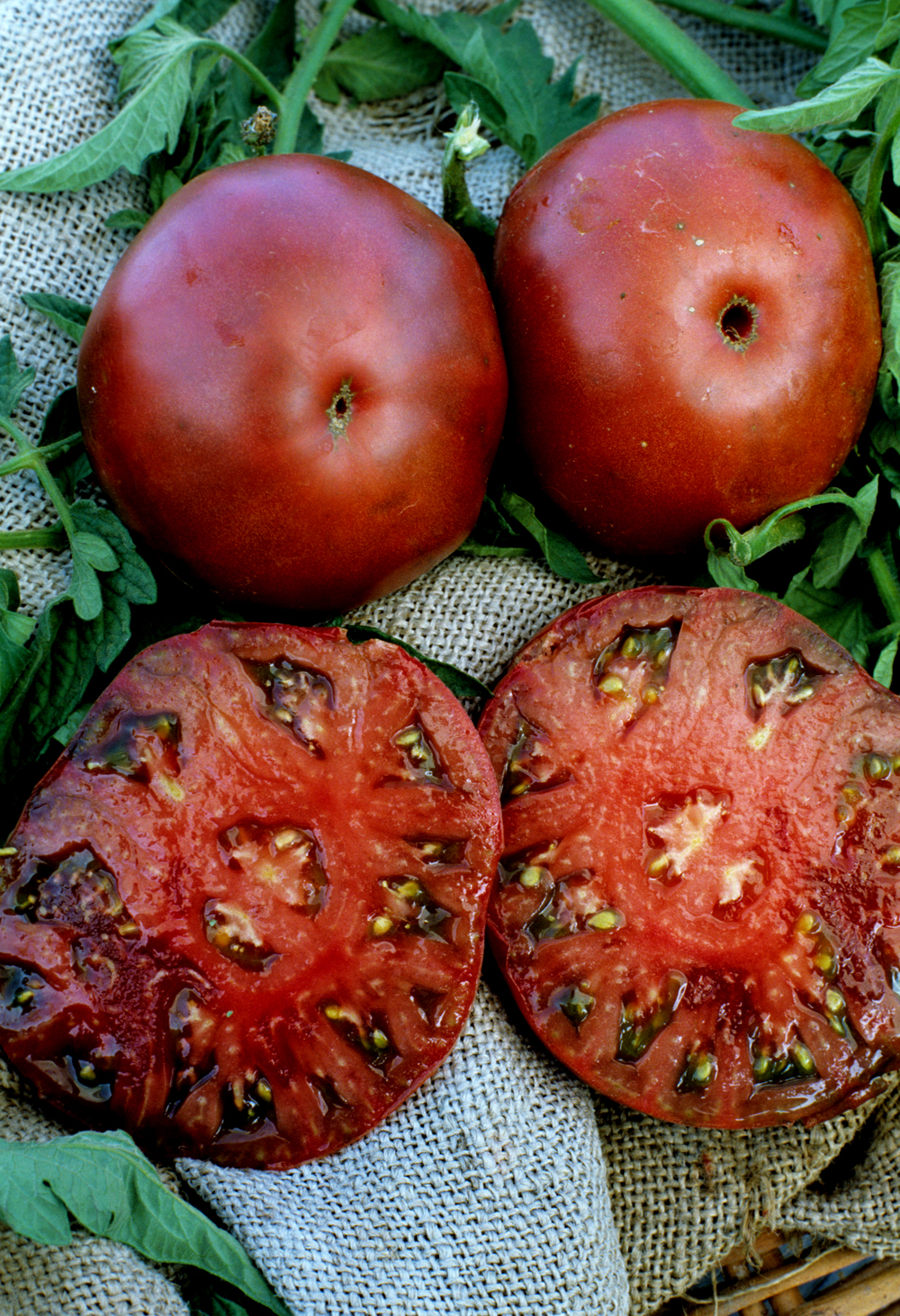 (image)
(image)
Black Krim tomatoes are some of the most gorgeous tomatoes around. They’re often an even deeper maroon than in the picture above, and the flavor is rich and dark to match. Yum.
Mortgage Lifter:
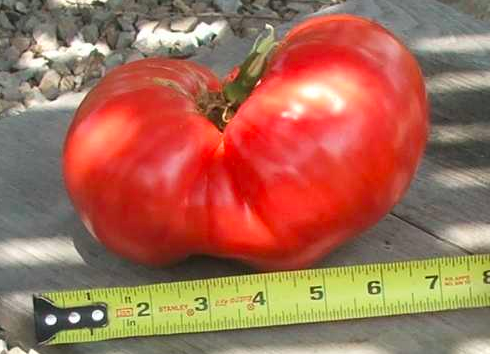 (image)
(image)
A plant breeder named M.C. Byles cross-bred his way into this tomato variety back in the 1930s, and by the 1940s had apparently sold so many plants that he worked his way out from under his $6,000 mortgage. The plants grow tomatoes anywhere between one and three pounds(!) and the pink-red fruit is super-flavorful without many seeds.
Brandywine:
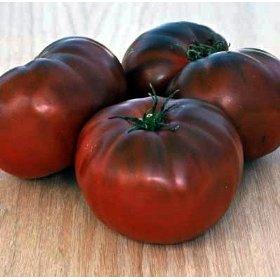 (image)
(image)
Brandywines are among the most popular heirlooms, and they come in yellow, red, pink, and purple varieties (the one pictured above is called a “black brandywine”). They’re classic and full-flavored with just the right amount of acidic burst in your mouth.
Green Zebra:
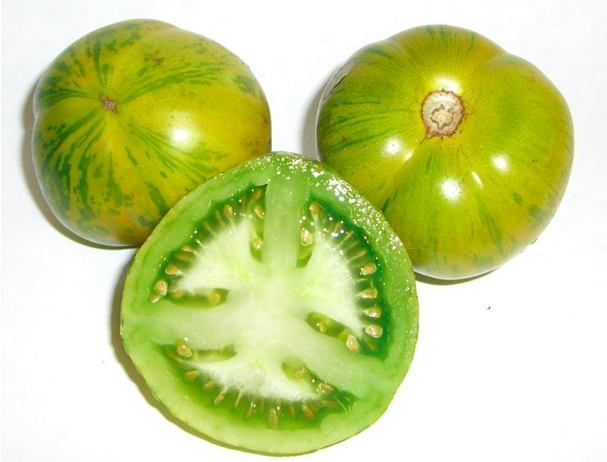 (image)
(image)
Green Zebras are smaller than some of their gargantuan brethren (closer to the size of a baseball), but they pack in a whole lot of spicy, tart flavor. I love the zingy color and taste.
Boxcar Willie:
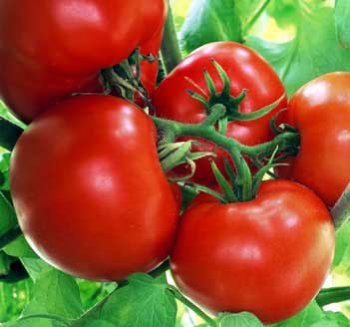
(image)
Named for the “hobo-style” country singer Lecil Martin, aka Boxcar Willie, these tomatoes produce prolifically over a long season. They’re rounder than some of the other “flattened” varieties, which makes them great for sandwiches.
Can’t decide which to grow? I think you better grow them all.
There is nothing like the luscious tasts of a ripe and authentic heriloom tomato! Takes me back to my Italian grandfather’s farm where we took these precious treasures – and more – for granted! As a child in the ’50s, I dutifully carried buckets of water for Grandpa Amedia from his pond to each of his plants. Today, those memories are golden – and I rejoice anew in this heritage at each opportunity to savor the sight, smell, and incredible taste of an heiloom tomato! Thanks, Charity! Delightful post!